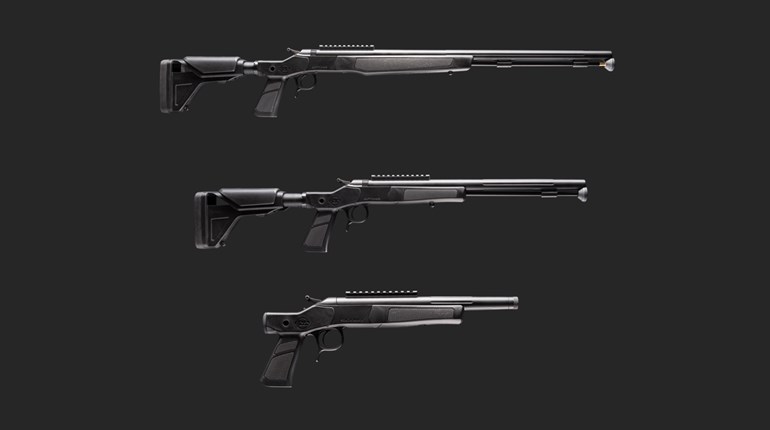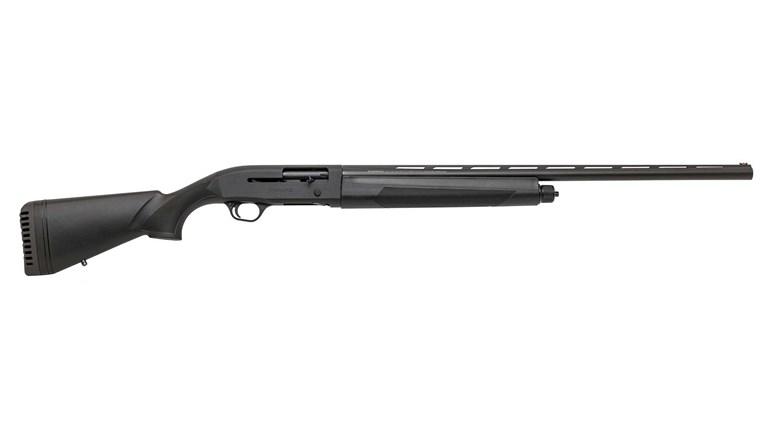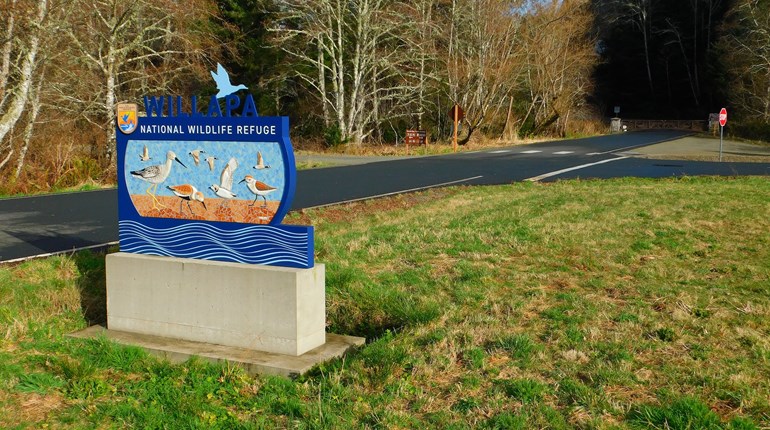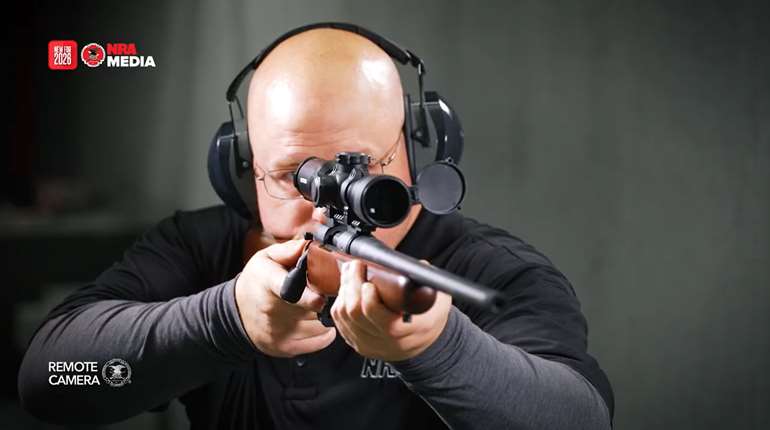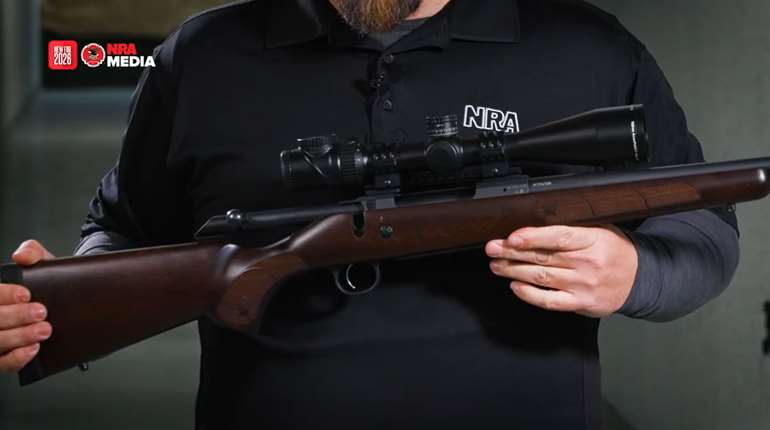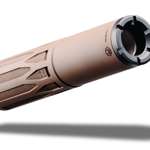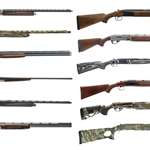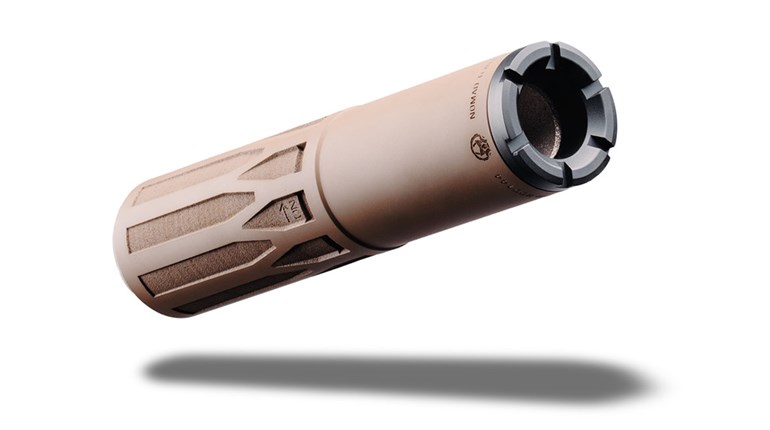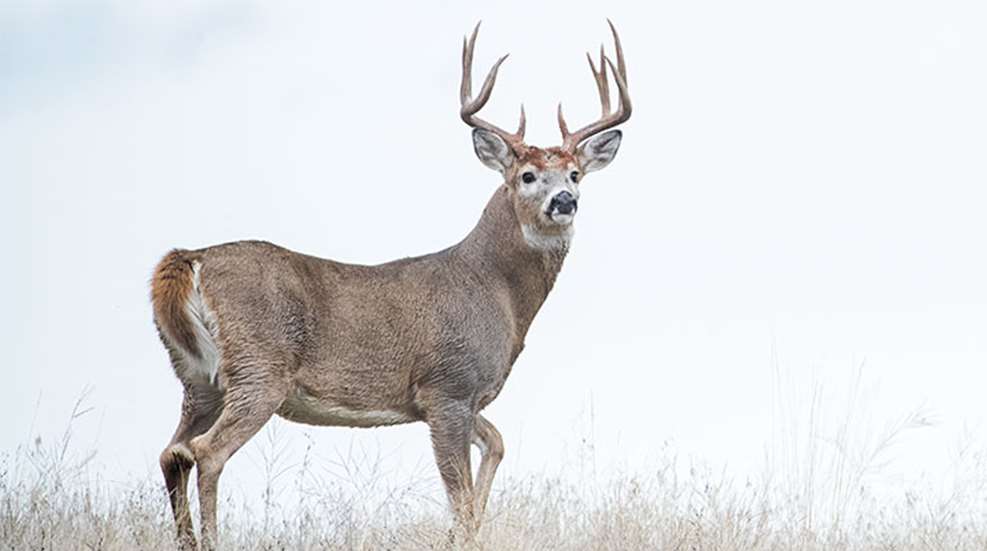
Holy buck, that’s a nice deer. I was fortunate to have such a thought more than once throughout my five-day hunt in the Sunflower State. I shamelessly admit to being part of the group of hunters that, along with the satisfaction I get from filling my freezer full of truly organic free-range meat, gets heart palpitations at the sight of a big set of antlers.
Like the majority of American Hunter readers, almost all of my deer hunting is had locally, which in my case is Northern Virginia, where a 130-class deer is considered a fine trophy. While the illusive 150- or 160-class buck is “seen” every year by a “friend of a friend who knows a guy,” and while one or two are verifiably killed, our bucks simply just don’t get that big. Perhaps it’s the genetics or a lack of agriculture, or perhaps it’s the simple fact that a majority of hunters in our area hunt plots of land smaller than 100 acres and just don’t allow deer to get that big. Why pass on a small deer this year if your neighbor has a “brown-and-down” mentality or, equally likely, such a deer will be tagged by an inbound semi carrying a load of server systems to one of the thousand local “server farms” that seem to pop up regularly in what was last-season’s prime hunting land? Suffice to say, in my local woods, if I hold out for a 150-inch buck I won’t eat much of my own venison.
Yet here I was on day one of my Kansas hunt, sitting in a stand overlooking open country with explicit instructions not to glance twice at anything that wasn’t close to a 150-inch buck. I needed only look to the lodge’s “Wall of Fame” to see the potential of my hunt and to get a better idea of what a 150-inch buck looked like. The entire wall was covered with framed photos of impressive deer taken from the area we would be hunting—and some were much larger than 150 inches. The sight was sufficient to cause the imagination (and hopes) to run wild. I was optimistic—and excitedly nervous. This wasn’t Northern Virginia. I needed to get my big-buck game together. By 10 a.m., I had seen two tall, wide 8-pointers, both of which would have easily come close to my biggest Virginia deer, and for the first time in my life I felt surprisingly confident passing on such fine specimens. I was in heaven. For this Eastern hunter, there’s no place like Kansas.
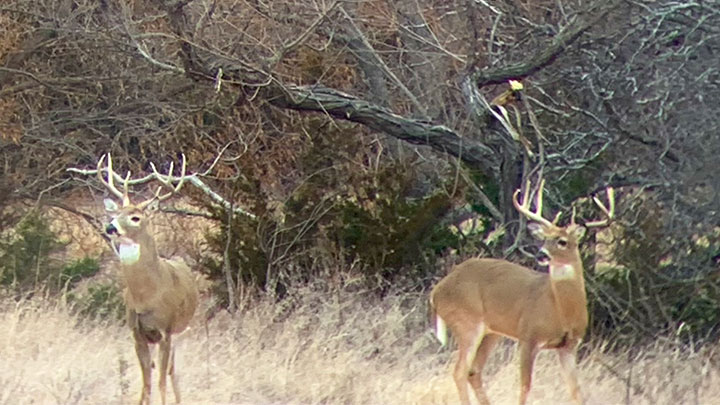
It’s no secret that Kansas consistently produces big bucks. Four of the top 50 Boone and Crockett (B&C) all-time records for non-typical bucks, and three of the top 50 typical bucks have been killed in in state, and not just in one isolated area of it. While the northeastern counties traditionally boast the largest bucks, several B&C bucks are taken from counties across the entire state each year. Since 2018, a total of 56 Kansas bucks have made the B&C record books, placing the state alongside the likes of Wisconsin, Illinois, Ohio, Iowa and Minnesota in the top 10 for B&C entries. For a bit of perspective, understand Kansas has a grand total of 901 B&C typical and non-typical bucks, Ohio has 1,091, Indiana has 840, Texas 797, Nebraska 369, Arkansas 254, Georgia has 235 ... and Virginia has a whopping 161.
A bit of research reveals there’s no mystery as to why this is the case. Like many of the breadbasket states, Kansas has the right ingredients for big bucks: ideal habitat, high-quality food sources and proper management. The entire 82,777 square miles of the state has a unique mix of diverse habitat, ranging from brushy creek bottoms chock-full of acorns, to prairie land grasses, to buffet-like fields of milo, wheat, corn and alfalfa, all of which provide deer with ample nutrition 365 days a year. In fact, according to the Kansas Department of Agriculture, the state boasts a whopping 45.7 million acres of farmland, accounting for 87.5 percent of its total land mass. That year-round and seemingly endless supply of carbohydrates and protein feeds the state's deer, and well-fed deer grow big antlers.
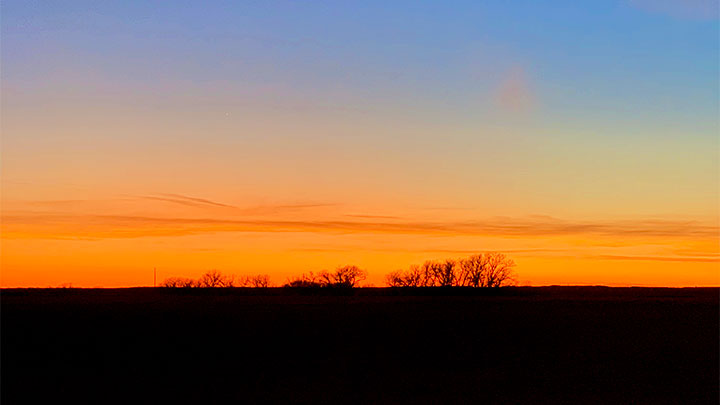
With all that farmland, it should come as no surprise that more than 98 percent of the state’s land is privately owned, in theory making land for the average hunter—particularly a nonresident hunter—hard to come by. However, the state’s Walk-In Hunting Access (WIHA) program, which makes private land available for public hunting through a lease agreement between landowners and the Kansas Department of Wildlife, Parks and Tourism (KDWPT), has become one of the most successful of its kind in the country. To date, more than 1 million acres are enrolled across the state, the majority of which are CRP acres, all available to both resident and nonresident hunters at no additional cost. And of course, you can always get in touch with guys like Ted Jaycox, owner and operator of Tall Tine Outfitters, who guides for whitetails on more than 15,000 acres of prime land, and utilizes sound management practices that enable him to routinely put hunters on the very best the bountiful state has to offer.
While hunting with Ted, I learned that along with the amount of outstanding whitetail habitat and food available statewide, Kansas’ relatively mild winter weather is an additional factor that sets it apart from its big-buck-growing neighbors. “Age structure is critical to growing big deer, and you can’t do so if you’re losing a large number of them to winter kill,” he explained. “Due to its geographic location, Kansas has had significantly less winter kill in recent years than the more northern states, which I feel has been one of the major factors in the steady population of big, mature bucks.”
I was about to learn just what Ted meant about the mild weather's limited effect on deer.
I had been enjoying 45- to 50-degree December days that made for comfortable sits when I got into my stand on the edge of a wide-open winter wheat field, and this day was no different. It was 2:30 p.m., well before last light; there was plenty of time to let things settle before the "golden hour." But not 15 minutes later, several does, along with a flock of turkeys, came in from the east and made their way across the field, walking 15 yards in front of my stand. Several does and a few basket bucks came and went from both sides of the field over the next hour or so. Then, around 4:45 p.m., it was like a dinner bell went off. I couldn’t keep track of the deer pouring in from all sides without continually whipping my head back and forth—something I had previously forced myself not to do despite my growing excitement at the sight of Kansas bucks. While glassing the field edge about 500 yards directly in front of me, I saw what looked like a nice set of antlers weaving through the tall grass. After getting a better look, I became convinced it was a shooter.
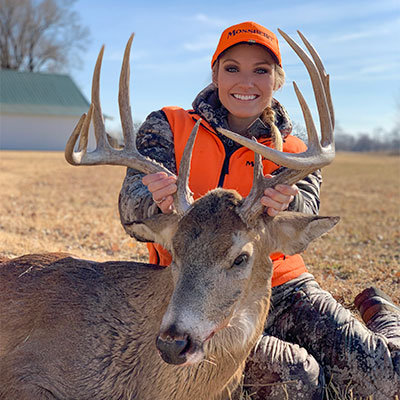
Please come out, please come out. I felt like Dorothy in the "Wizard of Oz" as she tapped her ruby red slippers to wish her way back home—except I wasn't wearing ruby red slippers, and I didn't want to go home. I wanted to get a better look at this buck. I watched it move along the edge for what felt like hours, and finally, around 5:15 p.m., it began to slowly make its way across the field toward the group of 20-something does and a few young 8-pointers about 150 yards to my right. I followed it with my bino until it got to about 350 yards and I was convinced: This was the deer I was waiting for. I slowly picked up my rifle, keeping my eyes on him as he continued to make his way across the field. He stopped at about 200 yards, offering me the perfect shot. I settled my crosshairs on him and pulled the trigger, and marked a great end to an amazing hunt in big, beautiful country. It was all simply perfect.
If you don't call Kansas home, here’s what you need to know to plan your own big-buck hunt: Nonresident deer tags are had on a limited-draw system, which means you must apply for one during a 24-day period in April prior to hunting season. It’s worth noting the good odds: an 88 percent success rate for the draw in the 2019-2020 season, with 21,816 tags issued to hunters from every corner of the country. The archery season runs Sept. 14 through Dec. 31, and the general firearm season runs Dec. 2-13. While the price for a nonresident deer-hunting opportunity is a bit steep—$442.50 for the deer tag and $97.50 for the standard hunting license plus outfitting fees should you go that route—if you’re looking for a good chance at an exceptional buck, a Kansas hunt is well worth the cost of admission. A hunt here can be just like the movies, where big bucks magically appear, and dreams come true.












